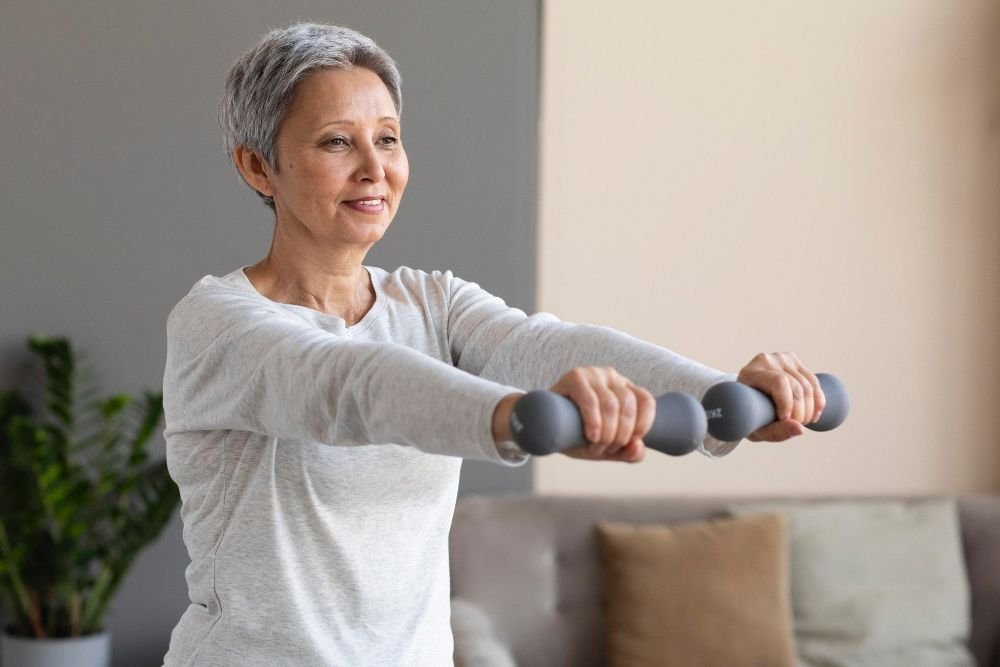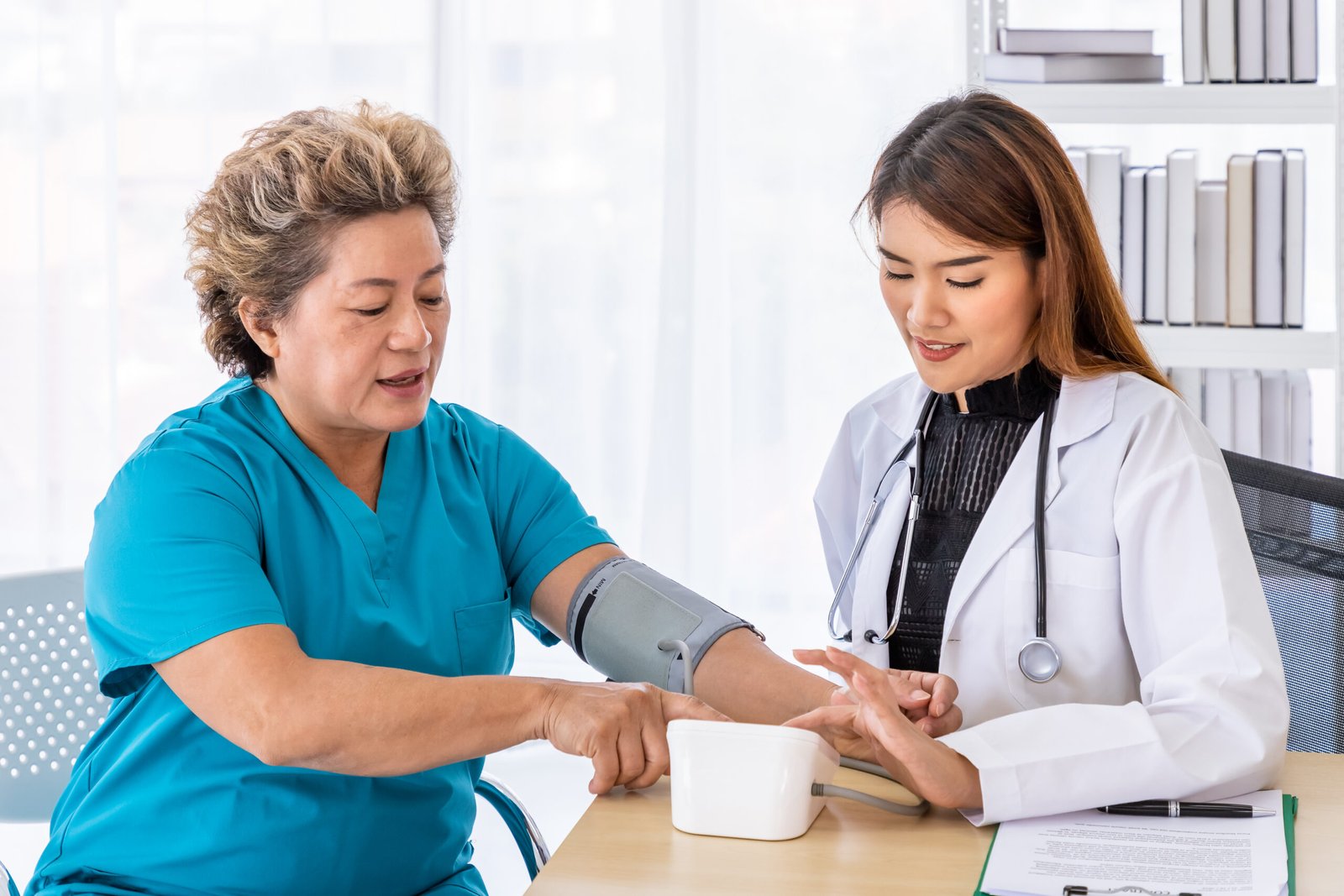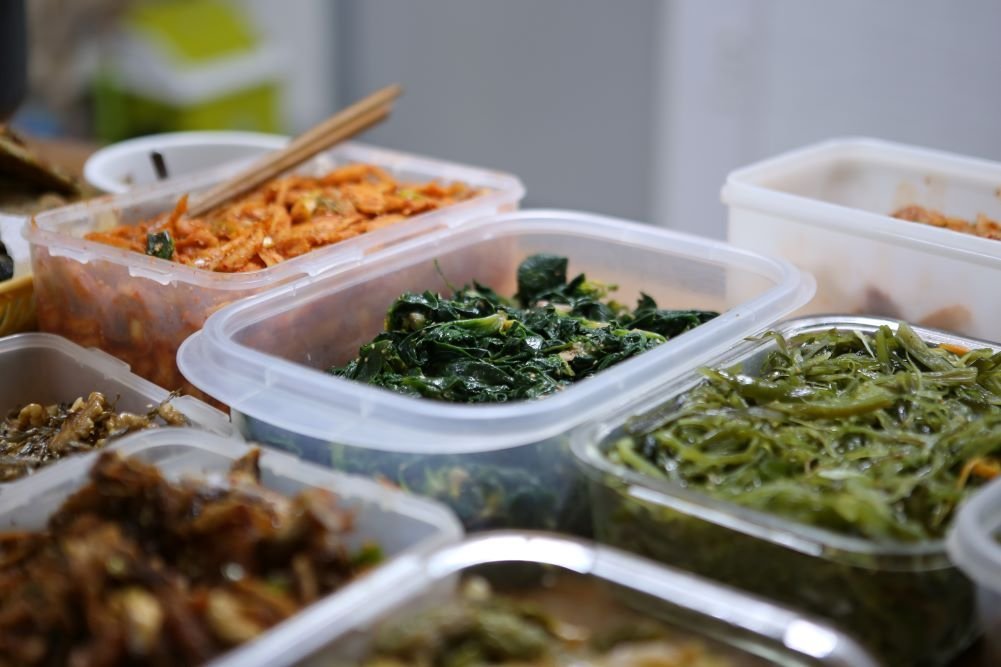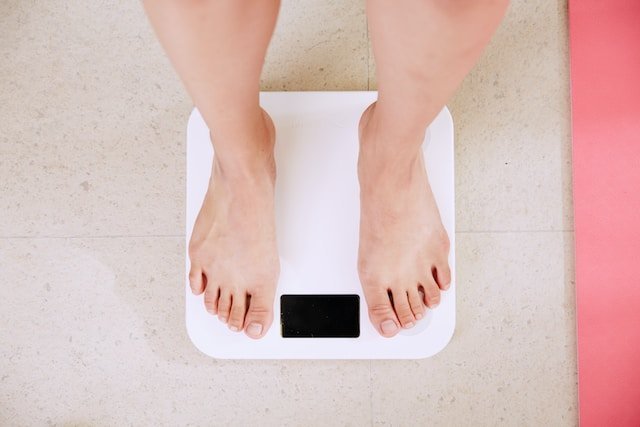
As women transition into menopause, hormonal shifts—especially the natural drop in estrogen—trigger changes that go beyond hot flashes or mood swings. One less visible but critical change is the gradual loss of muscle mass and strength [1]. This condition, known as sarcopenia, can lead to frailty, poor balance, and physical disability in later life. Alarmingly, muscle mass starts declining from around age 30 and the rate accelerates in the 50s and 60s [1,2].
After menopause, women typically lose about 0.6% of their muscle mass every year.
But muscle loss after menopause isn’t inevitable [1,2]. By understanding why it happens and taking action through the right exercise and nutrition strategies, women can preserve their strength, health, and independence.
Menopause and muscle loss
Estrogen plays a key role in maintaining muscle tissue. As levels fall during menopause, the body struggles to maintain the balance between building new muscle (protein synthesis) and breaking it down (protein breakdown). This imbalance gradually weakens muscles, reduces strength, and slows physical performance [1].
- Several other factors also contribute to muscle loss during this stage of life:Vitamin D deficiency, which impairs both bone and muscle health.
- Physical inactivitywhich accelerates muscle loss.
- Inadequate protein intake, limits muscle repair and growth.
- Shifts in hormones like growth hormone and insulin, which support muscle metabolism.
Maintaining sufficient vitamin D levels is particularly important, as studies show it supports muscle strength and balance, reducing the risk of falls in postmenopausal women [1].
Strength should at at the top of your list
When it comes to preserving muscle after menopause, strength or resistance training is thesingle most effective strategy. This includes any exercise where muscles work against resistance – whether that’s weights, resistance bands, machines, or simply your bodyweight.
Research consistently shows that resistance training increases muscle mass and strength, improves bone density and reduces body fat [1,2].For instance, postmenopausal women showed significant gains in muscle mass after just 16 weeks of resistance training, with noticeable muscle growth in the thighs after just 9 weeks [1,2].
Practical guidelines:
- Train at least 2 to 3 times per week.
- Focus on major muscle groups: legs, hips, shoulders, back, chest, arms, and core [3].
- Start with bodyweight exercises like squats and lunges, progressing to resistance bands or weights.
- Aim for 2 to 3 sets of 8 to 12 repetitions per exercise.
- Gradually increase weights or repetitions over time for continued benefits [4].
If you’re unsure where to start, consider working with a fitness professional or physiotherapist for guidance.
Don’t forget cardio
While resistance training is essential for building and preserving muscle, aerobic exercise (cardio) also helps maintain muscle and overall health. Activities like brisk walking, cycling, swimming, or dancing improve heart and lung function, boost metabolism, enhance blood flow and oxygen delivery to muscles, and support cardiovascular and metabolic health [2,5].
Recommendations:
- Aim for 150 to 300 minutes (2.5 to 5 hours) of moderate-intensity aerobic activity weekly (such as brisk walking).
- Alternatively, target 75 to 150 minutes of vigorous-intensity activity (like running).
- Mix moderate and vigorous activities if preferred.
- Spread activity throughout the week—e.g., 30 minutes brisk walking a day, 5 days a week.
- Alternate steady-paced exercise with short bursts of higher-intensity movement (known as interval training) for extra benefits.
- If possible, stay active beyond 300 minutes weekly for added health benefits [4].
The importance of protein and vitamin D
Muscles need fuel to grow and repair. Protein is the key building block for muscles [1].After menopause, women should aim for at least 1.2 grams of protein per kilogram of body weight per day.For example, a woman weighing 60 kilograms should consume about 72 grams of protein daily [6].Protein sources can include lean meats, fish, eggs, dairy, beans, lentils, tofu, nuts, and seeds.
Interestingly, increasing daily protein intake by just a small amount (about 0.1 grams/kg of body weight) can significantly slow muscle loss [1].
Vitamin D is equally critical—not just for bones, but also for muscle strength and coordination. Consider supplementation if levels are low, and aim for regular sun exposure where possible[1].
Combining strength, cardio, and nutrition for lasting strength
To prevent or slow muscle loss, combine:
- Strength training to build and maintain muscle.
- Aerobic exercise for heart health and metabolism.
- Protein-rich nutrition to fuel muscle growth and repair.
- Vitamin D support for muscle and bone health.
This combined approach ensures you’re addressing all key factors that contribute to sarcopenia.
Why combining strength, cardio, and nutrition matters
To effectively prevent or slow down sarcopenia, women should adopt a comprehensive approach that combines resistance training, aerobic exercise, adequate protein intake, and vitamin D support. Strength training directly targets muscle preservation and building. Cardio exercise maintains heart health and metabolic efficiency, while a protein-rich diet supplies the necessary building blocks for muscle repair and growth. Ensuring sufficient vitamin D levels further supports muscle strength and balance.
Takeaway: Stay strong, stay independent
Menopause may mark a natural decline in estrogen, but it does not have to signal a decline in strength or vitality. By embracing resistance training, incorporating regular aerobic activity, prioritizing protein, and maintaining adequate vitamin D levels, women can take control of their physical health.
The benefits extend beyond muscle preservation. Stronger muscles mean better balance, improved posture, reduced risk of falls, enhanced confidence, and greater independence well into older age.Menopause is not the end of your strength story—it can be the start of a stronger, healthier you.
Disclaimer Notice The information provided on this website, www.veveva-nutrition.com, is for general informational purposes only and is not intended as medical advice, diagnosis, or treatment. It should not replace consultation with a qualified healthcare professional. VeVeva Nutrition Pte Ltd (“VeVeva”), its directors, employees, affiliates, and partners make no representations or warranties regarding the accuracy, completeness, or reliability of the information provided. If you have any health concerns, are taking long-term medication, or are under medical supervision, please consult a doctor or qualified healthcare professional before making any changes to your diet, lifestyle, or treatment. Never disregard professional medical advice or delay seeking it because of something you have read on this website.
References
- Maltais ML, Desroches J, Dionne IJ. Changes in muscle mass and strength after menopause. J Musculoskelet Neuronal Interact. 2009.
- Cho EJ, Choi Y, Jung SJ, Kwak HB. Role of exercise in estrogen deficiency-induced sarcopenia. J Exerc Rehabil. 2022.
- Older Adults Activity Guidelines. CDC.
- U.S. Department of Health and Human Services. Physical Activity Guidelines for Americans, 2nd edition. 2018.
- Huynh E et al. Effects of aerobic exercise on cardiometabolic health in postmenopausal females. Womens Health (Lond). 2024.
- Singapore National Nutrition Survey 2022. Health Promotion Board.




